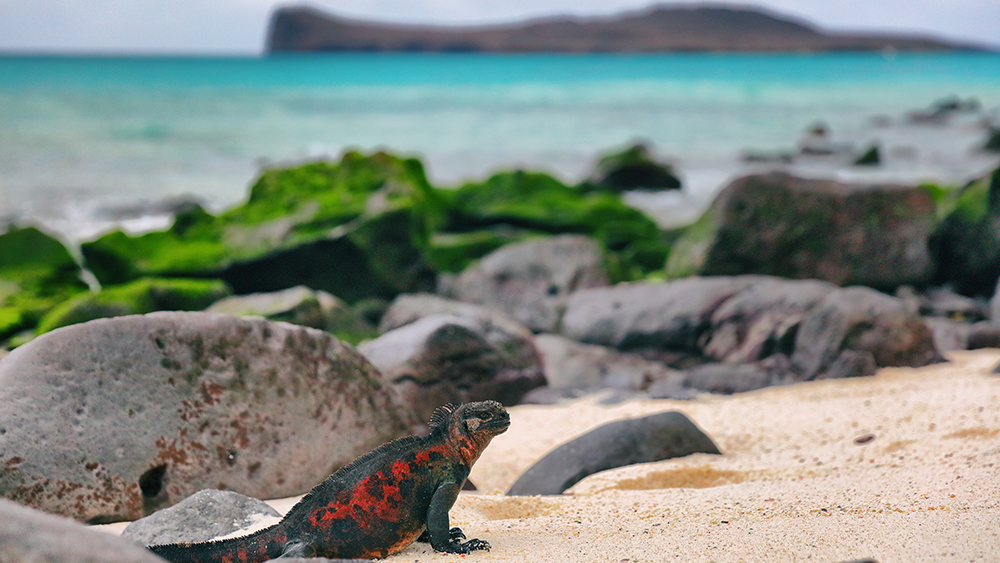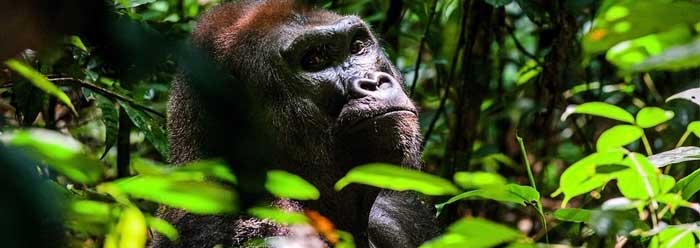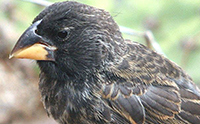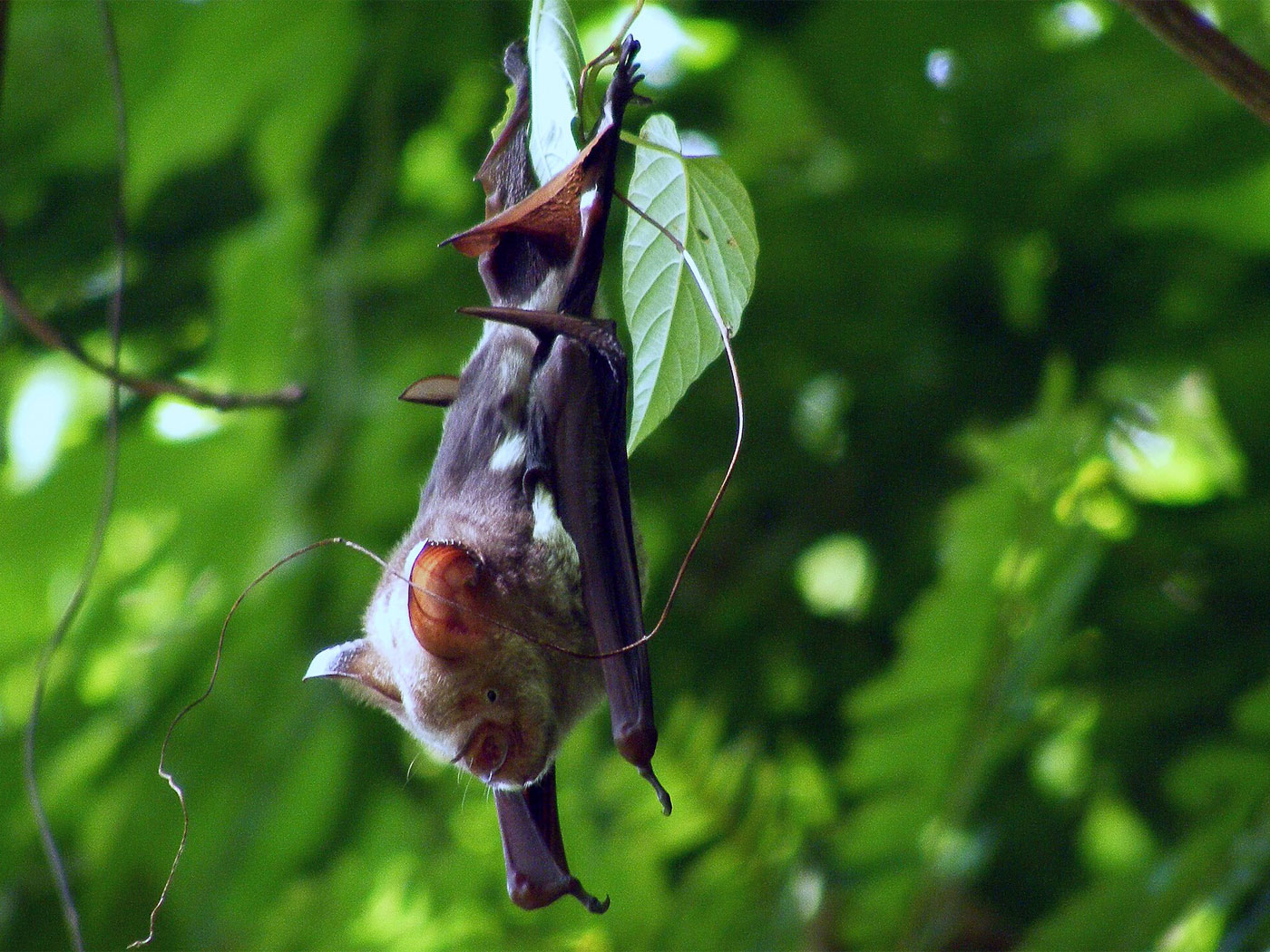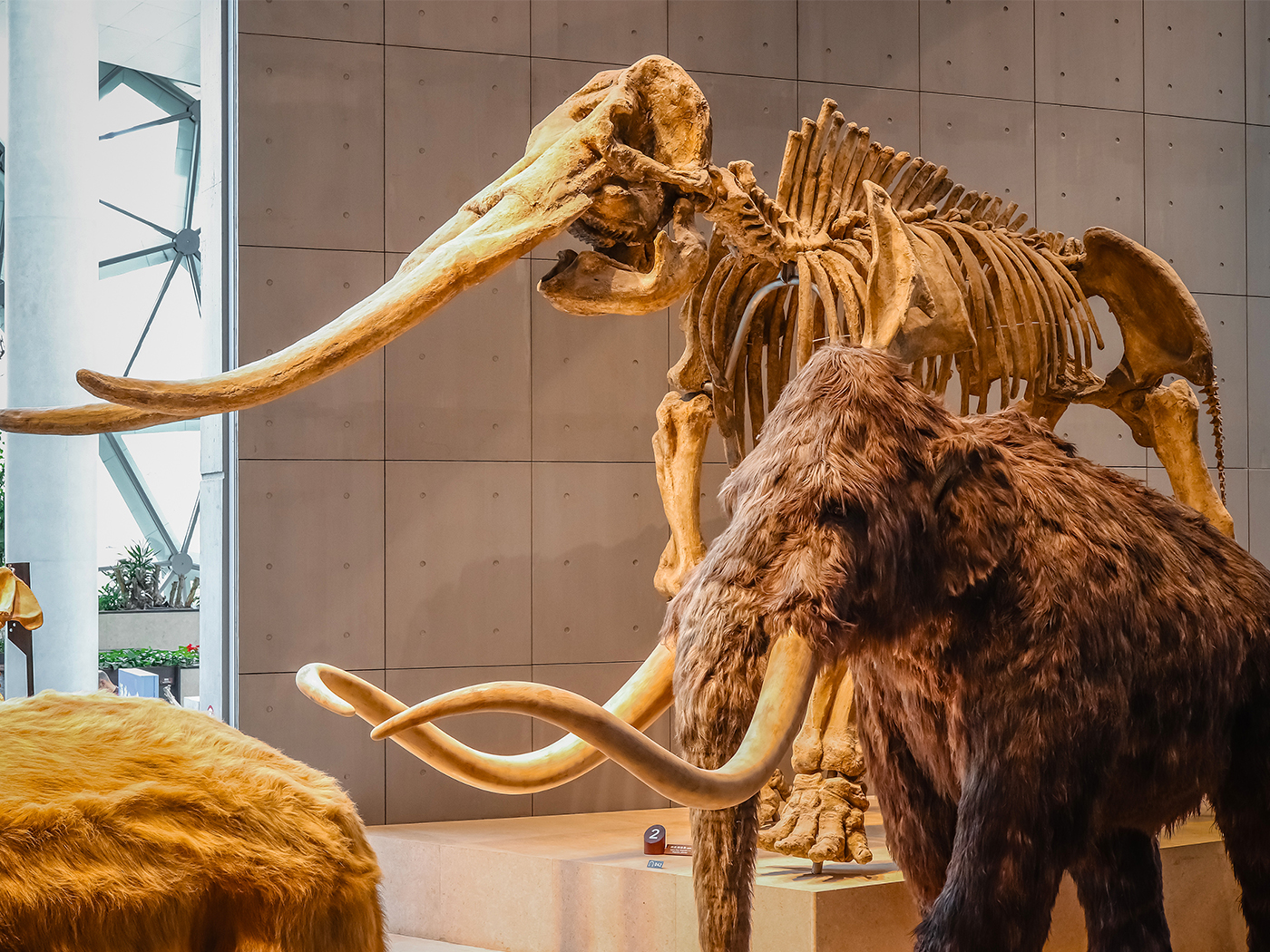A recent Livescience article1 is entitled “The Galápagos Islands: Laboratory of Evolution.” It addresses, among other things, “unique examples of plant and animal life.” The islands contain a variety of biota (the animal and plant life in a particular area), such as the Galápagos giant tortoise, sea lions, the varieties of finches, waved albatrosses, penguins, marine iguanas, and hundreds of native plants. A wide variety of unique species are normal for environments around the world, but where is evidence for real, demonstrative, vertical evolution that the title of the article alludes to?
The article states,
It appears Darwin’s conclusion was simply wrong. Life in the Galápagos makes far better sense from the biblical creation model. As God created animals and plants “after their kind” (e.g., Genesis 1:11), He included genetic variation and a variety of built-in adaptive mechanisms so that those initial creatures and all their descendants could move in and fill various niches in ecosystems throughout the world (Genesis 1:28). One need only look at bears in all their variation: polar, black and brown—there are well over a dozen black bear sub-species alone—but they’re all bears in the genus Ursus and can interbreed. Fruitflies have always been fruitflies, and roses have always been roses. Horizontal variation is the rule—not vertical evolution.
Life in the Galápagos makes far better sense from the biblical creation model. ![]()
The article goes on,
This statement would be a surprise to Mr. Darwin. Not once did he actually address any origin of any species in his book, ironically entitled On the Origin of Species. He did write quite a bit regarding variation found in certain types of plants and animals selected for by human endeavors such as the common wild rock pigeon found around barns and city statues. But he never addressed vertical evolution, also commonly called macroevolution.2
The famous Galápagos finches are usually presented as Exhibit A for Darwinian evolution, but all of the “new species” of finches are still finches and can interbreed. This is clearly not an example of real evolution, it’s an example of the variation we see in species. Different islands (e.g., James Island, Albemarle and Chatham) of the Galápagos have slightly different tortoises. Zoologists can identify the island a tortoise came from based on the shape of its carapace (shell). Again, this is just variation of the tortoise kind—the kind of variation we see all over creation. There is no evolution.
Horizontal variation is the rule—not vertical evolution. ![]()
So, although the Galápagos Islands has some unique plant and animal life, there is no real evolution occurring. Perhaps a better, more scientific title of this article could be, “The Galápagos Islands: Laboratory of Creation’s Variation.”
References
1. Ross, R. The Galápagos Islands: Laboratory of Evolution. Livescience. Posted on livescience.com June 22, 2018, accessed June 27, 2018.
2. Denton, M. 2016. Evolution: Still a Theory in Crisis. Seattle, WA: Discovery Institute.
*Mr. Frank Sherwin is Research Associate, Senior Lecturer, and Science Writer at the Institute for Creation Research.




